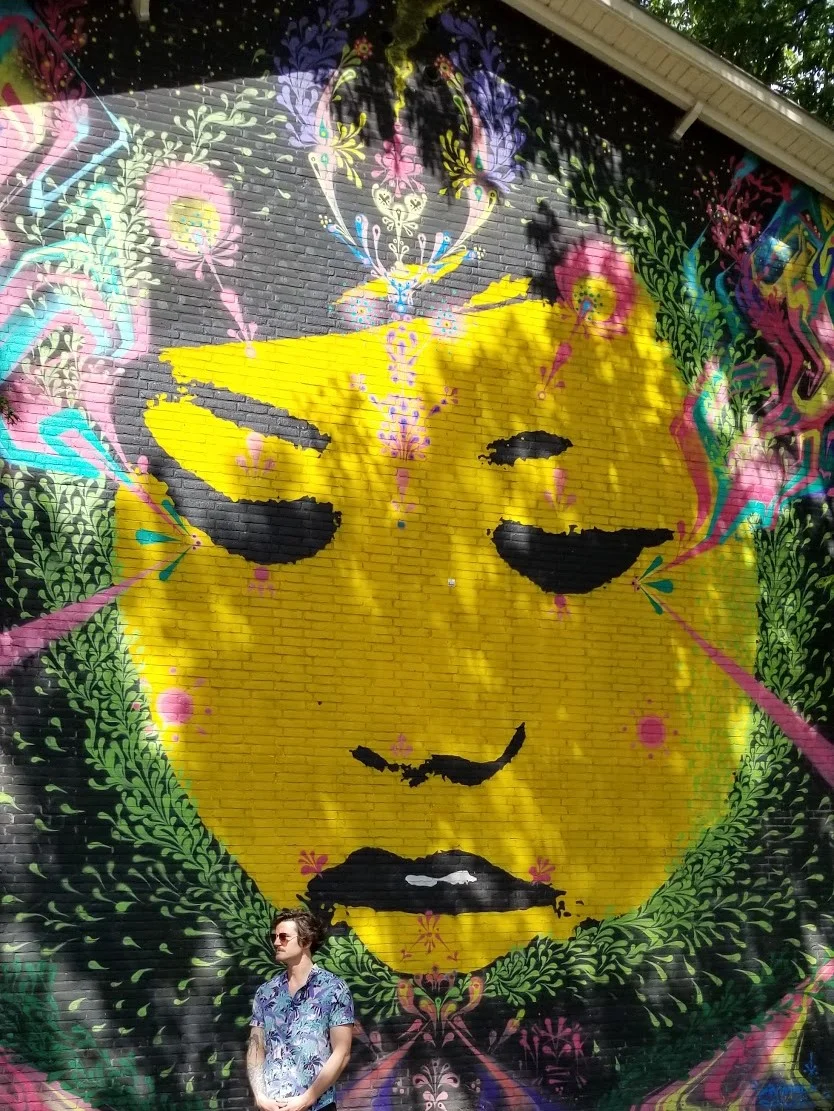A Question of Curation
Scott Bahlmann
Museum:
“A building in which objects of historical, scientific, artistic, or cultural interest are stored and exhibited.”
-Cambridge English Dictionary
In our smaller group review of the week, Carey had us question what is the qualitative definition of a museum, particularly in regards to the Street Art Museum.
In view of the official definition, not only is the building missing, but also the storage of artifacts. The street art is intended to be temporary, something we didn’t consider in our discussion. The temporary exhibition is something seen in other museums; the Things that Matter at Tropenmuseum will not be stored there, and The Hermitage had items on loan item from St. Petersburg. I suppose digital archiving of the pieces will count as storage, which the Street Art Museum is working to do. Will their online VR experience be an archive, or an alternate museum experience? It seems like it could serve both functions.
In the official definition, ‘exhibited’ is the only component that relates to attendees, and we can certainly see that street art is exhibited. Something the definition does not include, which we found important, was the curation and contextualization of the objects. Tropenmuseum is possibly the clearest example of shifting their focus to deliberately add context, putting violence alongside power in their history of colonizaion. Hermitage was also considerate in addressing this with a small section specifically highlighting the presence of abducted Africans in the golden age art. I found this more effective than the plaques at the Tropenmuseum, which could easily be overlooked.
The Hermitage highlights the harm done through the slave trade.
Tropenmuseum includes more subtle references to the racist past.
At the Street Art Museum we had Jessie to contextualize the exhibit. He explained the mission of the museum as a means to collaborate with and represent the local communities while producing work in a variety of methods and with globally recruited talent. For someone walking through the neighborhood independently, these works don’t have that context. Smile, for example, was part of a theme where the artist used photos spontaneously collected during their travels. This somewhat somber expression of a girl from Vietnam was a reaction to the idea that a cheerful presentation is a solution for so many issues. Fatherhood was another image by this artist, but the link might not be intuitive for an individual encountering them. The current ‘archiving’ for this work by Stinkfish only retains the image and a bit of the process, without any of the context we got with our guided experience.
Jessie gives background and context to Smile, by Stinkfish.
Fatherhood lacks that context in this video, a possible way to archive the collection.
An important question is if permanent contextualization would change the intent of the art. Placards to identify the artist and indicate the next piece in the collection could override the intention, such as the bunnies which are supposed to be discovered spontaneously, and the Banksy figures that were personal to Ann (the curator) and the loss of her dog.
Amsterdam has done curated street art in their “Old Masters by New Masters” project from 2014, with placards linking pieces and giving some brief context, as we’d proposed during our discussion.
This seems to have been done more as a promotion than an archive, as the links mentioned are for a Netherlands Bank, and don’t directly link to the content on display. With a search I was able to locate a video, which gives some context...though in Dutch so I can’t tell how directly it relates to the work on display. After 4 years we can see that the work itself is devolved, as street art it meant to, but for those seeing it now, that transient aspect of the medium isn’t explained either.
The tour and explanation was a much more effective way to experience this type of work, and is also closer to a museum experience. It seems that the human element is somewhat essential, though something like a geocaching app or other interactive guide might be an effective middle ground.





